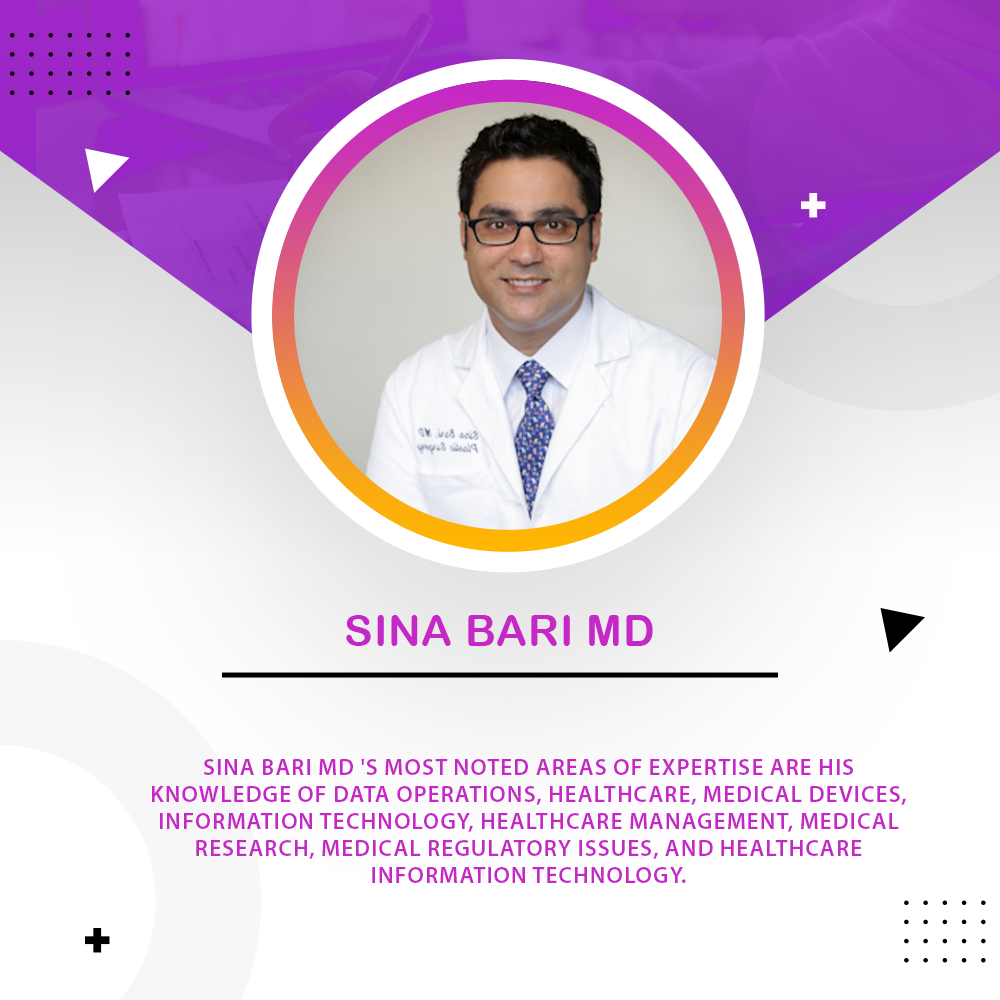
With the help of robots, machines, and AI, the future of surgery is getting very exciting. Do you think artificial intelligence could someday take a surgeon’s job? Yes, but it would have to be in conjunction with advanced robotics. Machines will never be able to replace all the human qualities that surgeons bring to their work, such as empathy, intuition, and creativity.
Robotics
Robots have made a lot of advances in recent years, from assisting doctors with surgeries to helping patients recover from injuries. But will these machines eventually take over the entire operation?
There are currently two types of surgical robots. They are assistive tools that doctors control to make small incisions, ensure the placement of medical devices and close up patients after surgery.
The fully automated tool, on the other hand, is capable of end-to-end surgical tasks without any human intervention. This type of robotic tool was recently used to repair a pig’s intestine with better accuracy than a human surgeon.
The introduction of robotics to the OR has caused some unintended consequences, including reduced situation awareness by surgeons, which can result in a less collaborative intra-operative decision-making process. Until the impact of this is understood, healthcare professionals should not rush to adopt this technology.
Artificial Intelligence
AI is a powerful tool that can be used to streamline surgical procedures. It can help surgeons perform surgeries more quickly and safely while also reducing errors that occur during surgery.
AI can help improve preoperative planning, training, and diagnosis. It can also help identify steps in a procedure and display instructions to staff.
The AI-based models can be trained by watching videos of surgery and extrapolating performance data from them. This can help surgeons improve their skills and develop new trends.
The system can be a valuable resource for physicians who are looking to expand their sub-specialties, as well as a powerful tool for those whose medical practice is restricted by geographic or economic barriers. It could even be useful in war zones, environmental disasters, or other circumstances where medical infrastructure is limited.
Machine Learning
The rise of machine learning (ML) in the healthcare industry is helping to elevate the level of care, improve patient outcomes and reshape the entire healthcare industry. It has already been used in a variety of ways, including in data security, financial services, and clinical decision support.
Machine learning enables computer systems to analyze large, complex data sets and lean toward pattern recognition. This has been used in healthcare to accelerate the discovery of treatments and cures, improve patient outcomes and automate routine processes.
One example is STAR, an automated suturing robot that uses machine learning to predict tissue motion and guide future plans. This technology could reduce surgical errors and help surgeons deliver better results.
Neural Networks
Neural networks are a type of artificial intelligence (AI) that can ‘think’ and learn from data. They are used in many areas of computer science, including facial recognition and language processing.
A neural network is made up of three layers: an input layer, a hidden layer, and a layer of output units. The input layer is fed in from external sources, and the hidden units identify patterns in it.
Belagiannis and colleagues have developed a system that uses a recurrent neural network to analyze surgical workflow. This allows the software to recognize when a particular instrument or tool is needed and alert the team accordingly.
Robotic Surgery
Robotic surgery is a way to perform surgical procedures through smaller incisions, making it less invasive. This type of surgery can provide a range of benefits, including less pain and bleeding, fewer complications, shorter hospital stays, and faster recovery periods.
In robotic surgery, surgeons use a computer-controlled system with specialized robotic arms that hold miniature instruments and a high-definition 3-D camera. The surgeon controls the robot while sitting at a console a few feet away from the patient.
A robot’s ability to move instruments and the camera gives surgeons greater precision and better visualization than traditional techniques. It also allows surgeons to operate in tight spaces that can’t be reached with the hands or fingers. These robotic systems allow us to biopsy small nodules that can’t be seen with the naked eye and stage tumors in ways that weren’t possible before.